Insights into the use of modular housing in addressing homelessness
Outline of the study
This research provides the first comprehensive mapping of modular and shipping container housing schemes used to address homelessness across the UK. The study identifies 33 schemes in 22 local authority areas (providing 808 units) and categorises them by construction method, site size, and household type to enable future evaluation. The research examines both the potential benefits and barriers of these innovative housing solutions as alternatives to traditional temporary accommodation, such as hostels and bed & breakfast accommodation.
Findings in brief
- Of the total 808 units 427 are for families and 381 for single people. 36% of schemes house families and 64% are for single people. However, families occupy 53% of total units
- All schemes are intended as temporary accommodation of up to 2 years
- 6 schemes use shipping containers and 27 schemes use modular construction. 52% of schemes have under 20 units and 48% have more than 20 units. The average shipping container site is larger than the average modular site (40, compared to 20 units)
- 70% of schemes are on local authority-owned land
- Construction costs range from £35,000-£75,000 per one-bedroom unit
- 33% of sites have temporary planning permission on 'meanwhile' sites, 43% have permanent planning permission
- 6 schemes provide floating support and 3 provide on-site support, though limited information is available in this area
- Most schemes involve multiple stakeholders and collaborative partnerships
- Modular and container temporary accommodation offers a number of potential benefits, including speedy construction, low maintenance cost and portability of units.
- There are some concerns relating to space standards: 82% of schemes with available data have units smaller than national space standards; the aAverage one-bedroom unit is 24m² vs recommended 37m² minimum.
- Other concerns relate to lack of internet connection on some sites and lack of revenue funding.
Recommendations in brief
- Ensure that future evaluations:
Compare construction costs, build quality and resident experience within modular and container housing sites
Consider site size and density on resident experience
Consider the characteristics and needs of households accommodated in modular and shipping container sites and if they are suitable for other groups, including women and people with complex needs
Assess the impact of unit size below national space standards on different resident types (families vs singles)
The impact of proximity of transport and amenities
- Develop robust cost data to determine the exact cost of units
- Address digital exclusion by ensuring reliable internet connectivity in all schemes
- Improve data collection on resident experiences, outcomes, and move-on success rates
- Establish quality standards for design, materials, and construction to prevent substandard accommodation
- Create mechanisms to address local community concerns and reduce stigma
- Develop sustainable funding models beyond reliance on donations and in-kind support
- Ensure schemes meet accessibility requirements for people with disabilities
- Plan for unit portability and site transition when temporary planning permissions expire
- Develop clear pathways to permanent housing to prevent extended stays in temporary accommodation.



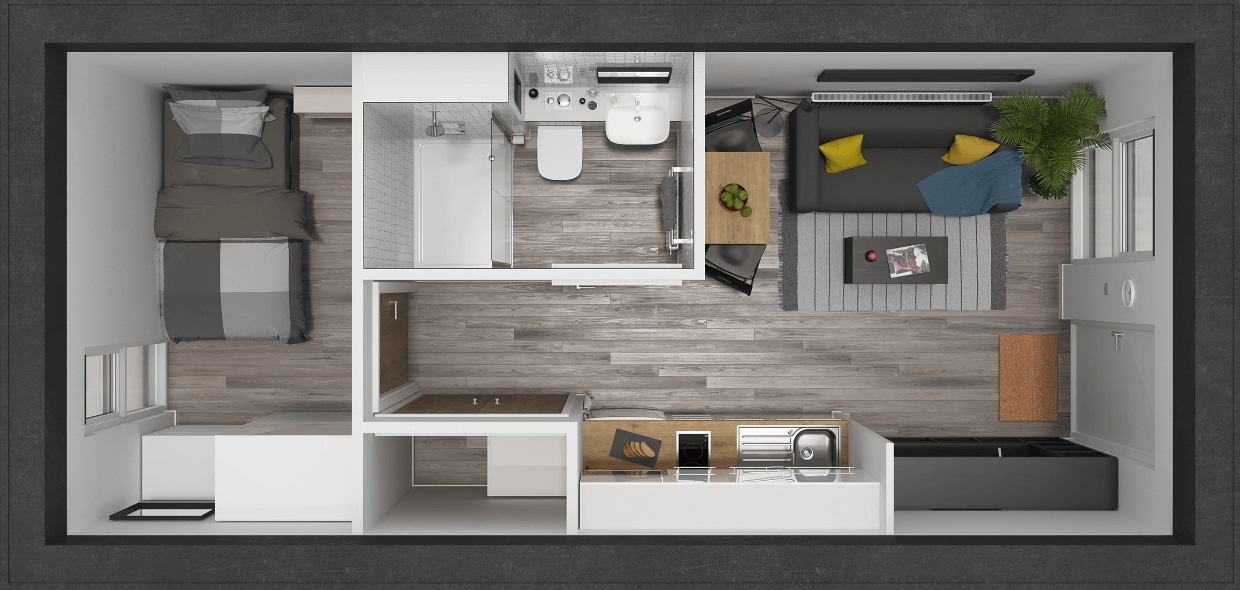
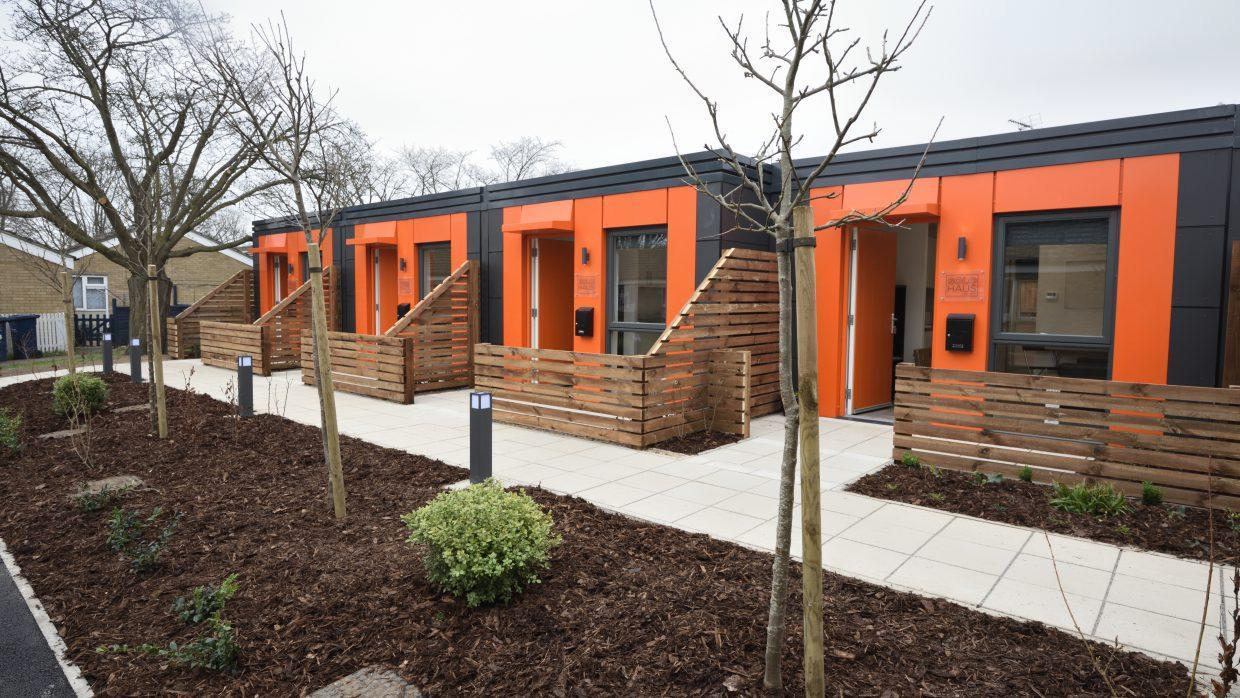

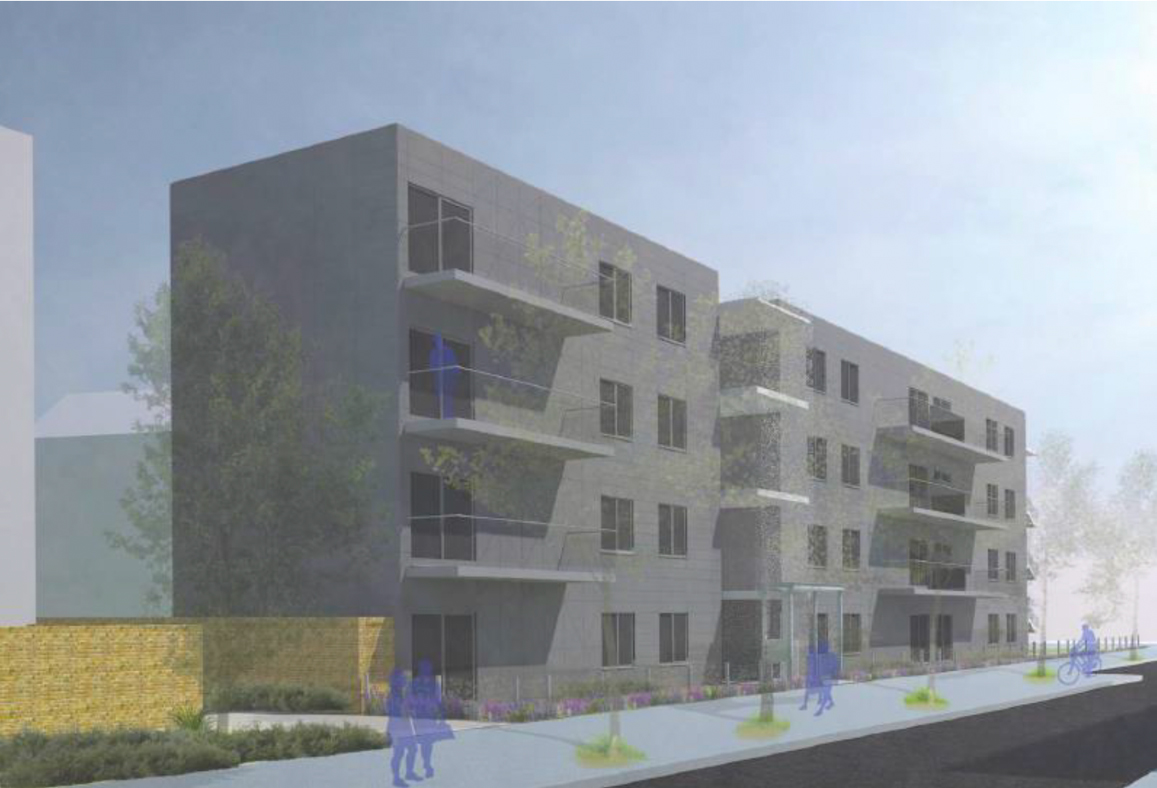
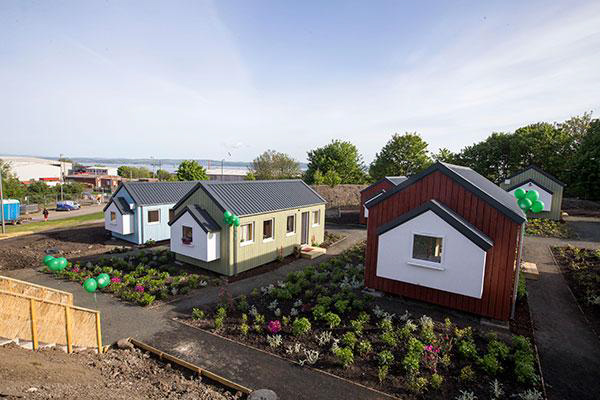
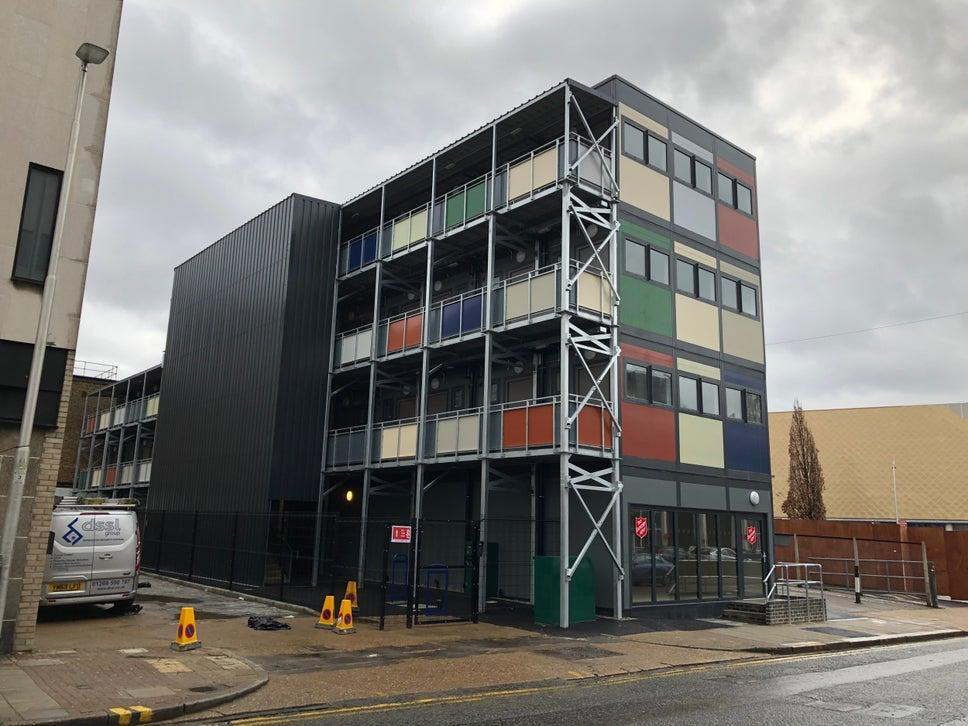
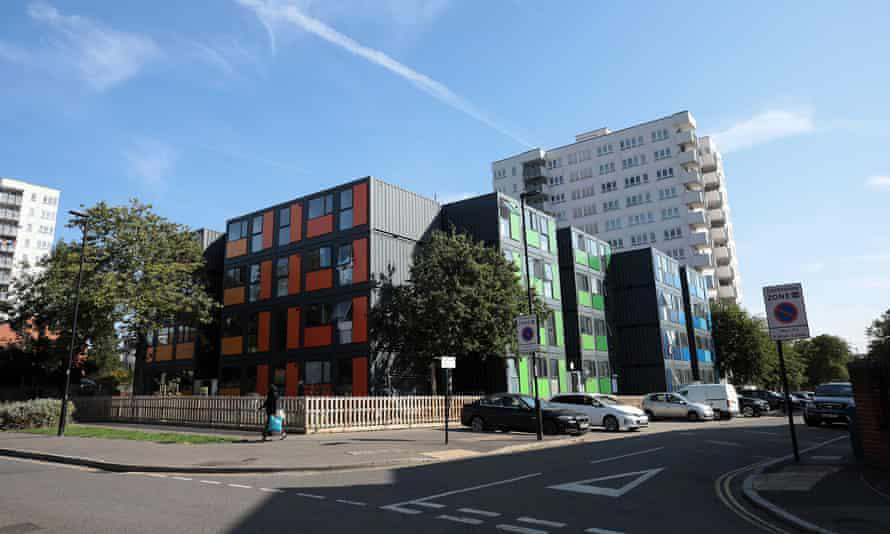
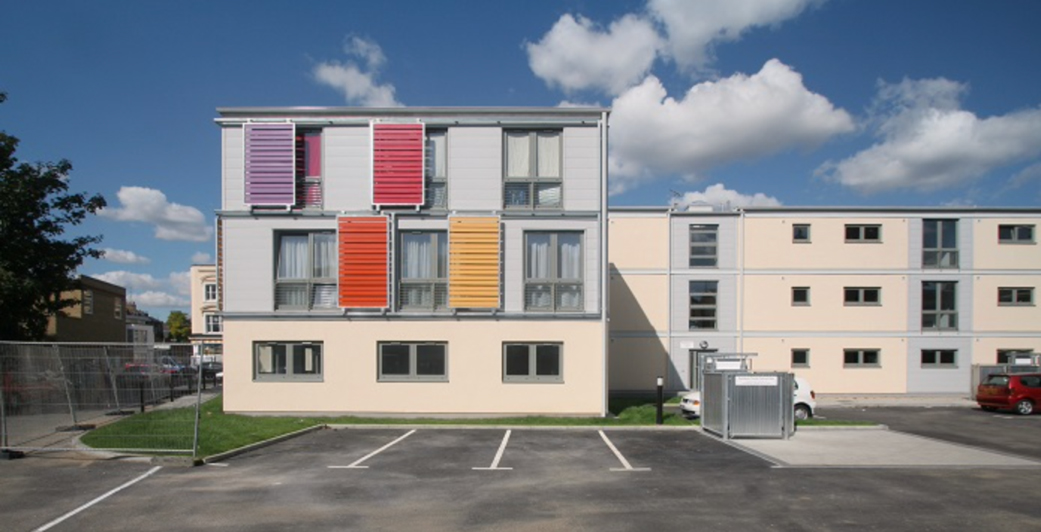

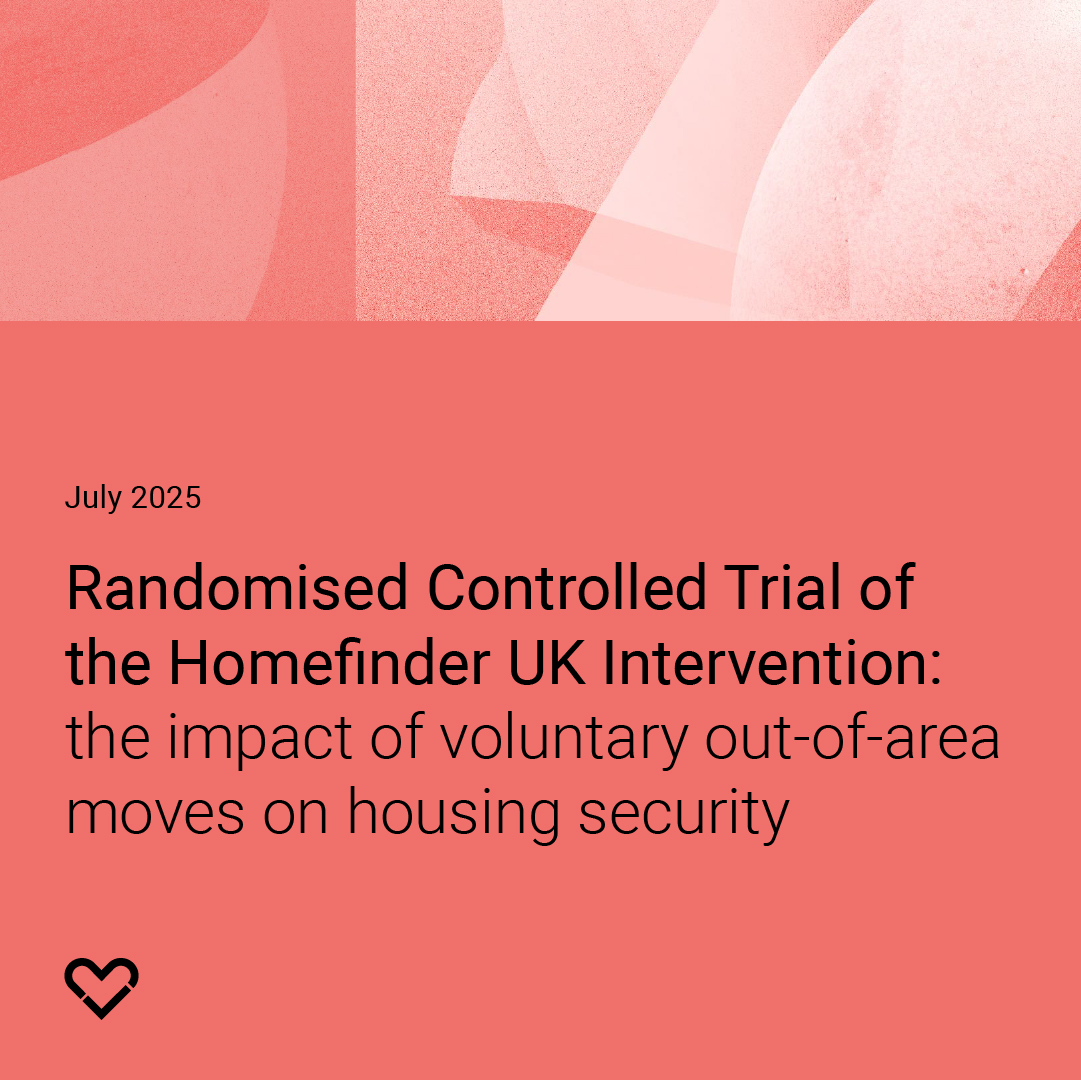
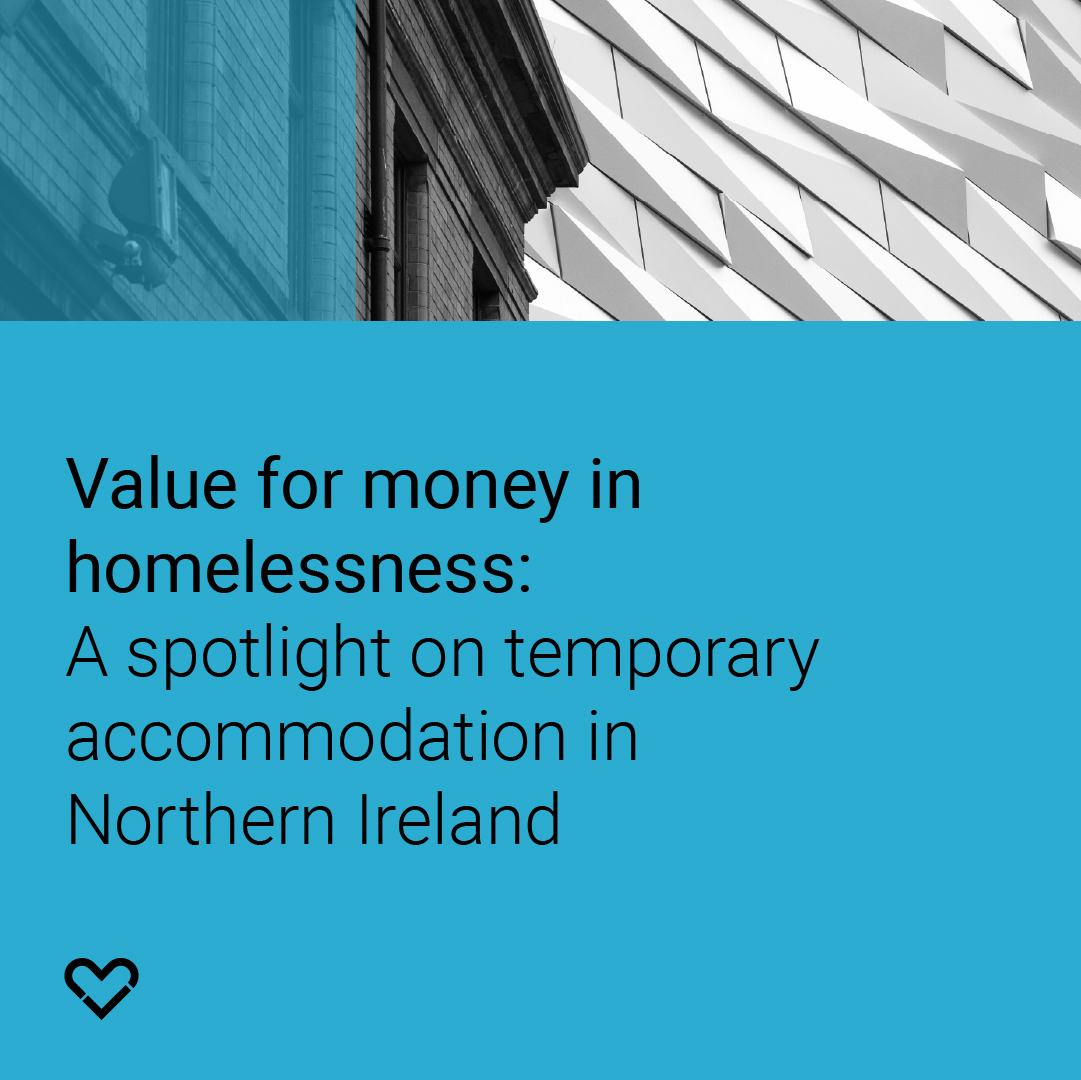
.jpg)

